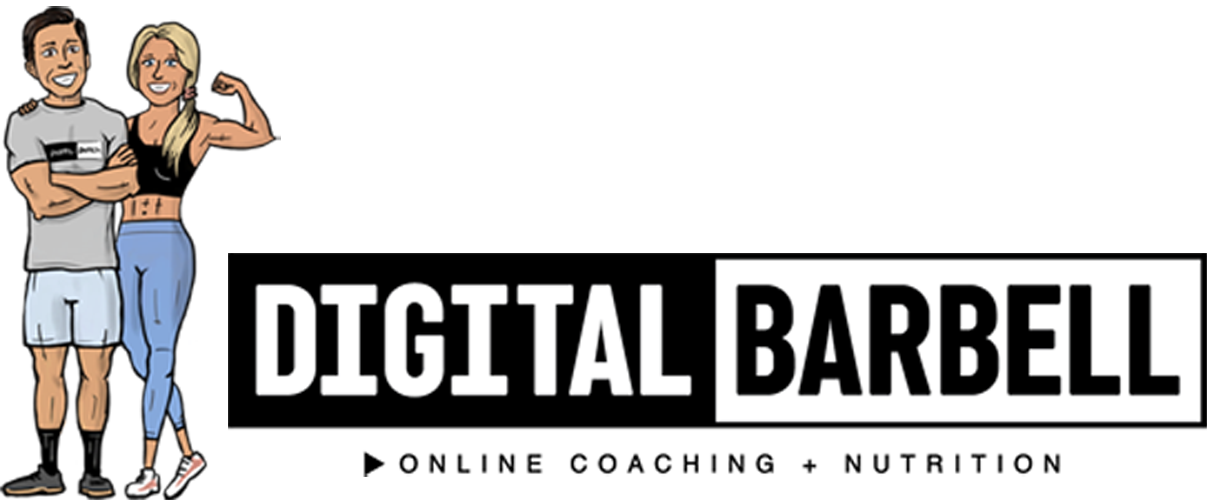5 Tips For Better Results When Tracking Macros
Are you tracking macros and hitting a plateau?
Before you go to extremes and drop any precious calories from your diet, try leveling up your macro-tracking skills with the tips in this article, and see if that doesn’t break you through your plateau.
When working with our clients we like to try to make as much progress as possible with tips like these before lowering calories.
A lot of times, dialing in the details, and using techniques like these will help you make that extra bit of progress and break through times of progress.
5 Tips For Better Results When Tracking Macros
1) Pre-log some or all of your food at the beginning of the day…
Take 5 minutes each morning to pre-log what you plan to eat that day. If things don’t play out the way you thought, make adjustments as you go.
Our most successful clients eat a similar breakfast and/or lunch, and have many of the same snacks during a regular day.
Pre-log those meals (swipe right!) and then adjust as the day goes along.
Waiting until the end of the day and trying to log your food by memory is like making a budget after you’ve spent all of your money. It ain’t gonna work.
Research has shown that people who try to accurately log their food can be off by as much as 25% in a day!
With the stress of work, and family it’s just too easy to forget things that we ate, and those forgotten calories can block your progress in short order.
2) Log by weight, not volume.
Bye-bye cups and tablespoons, hello ounces and grams!
Cups and tablespoons can easily be over or under-filled, leaving you with wildly inaccurate data at the end of the day.
When you add all of those incorrect entries up across the week and it’s no wonder you’re stuck!
Remember, we are trying to LEVEL UP here! Logging to get better results without dropping calories is important, so let’s get more specific.
Get a digital food scale, and start weighing your portions.
3) Ignore net carbs.
Food labels love to trick us into thinking what we are eating has fewer calories than we actually are.
Sometimes a single snack will say that it’s actually 2 or 3 servings on the label, or they’ve subtracted out the calories from fiber, and called it “net carbs”.
Food labels are allowed to subtract the calories in fiber and sugar alcohol from the calories contained in the total serving. That may sound appealing, but if your weight loss has plateaued, you’re better off counting those calories to be safe.
You can read all about the facts of the matter in our Net Carbs blog.
An easy way to watch for shady net carb food is to flip over the label and look at the total fiber. Fiber is usually found in fruits, veggies, and grains. So if you’re eating something processed like a snack bar or ice cream, and it has 10 grams of fiber, beware!
If you want to double-check the calories on the label, here’s your guide:
4 calories per gram of protein and carbohydrates
9 calories per gram of fat
4) Skip the fractions.
Here’s a great tip for logging.
Look for entries in your app that let you set the serving size to one ounce or one gram. Then adjust the number of servings to the weight of your food.
Here I’m logging Fage 0% Yogurt for Breakfast
I change the serving size to 1 gram then input that I ate 170 servings. (a single serving of Fage is 170g).
Piece of cake!
5) Don’t waste time logging Zero-Calorie Foods & Drinks
Stop wasting time and energy logging zero-calorie foods and sauces.
Ain’t nobody got time for that!
And there you have it!
Before you subtract calories from your diet, try adding in these logging skills to see if it helps push your progress a little farther.
If you aren’t sure how many calories and grams of protein, carbs, and fat are right for you and your goals, we have you covered!
Find out today by downloading our FREE Calorie and Macronutrient Guide below.

